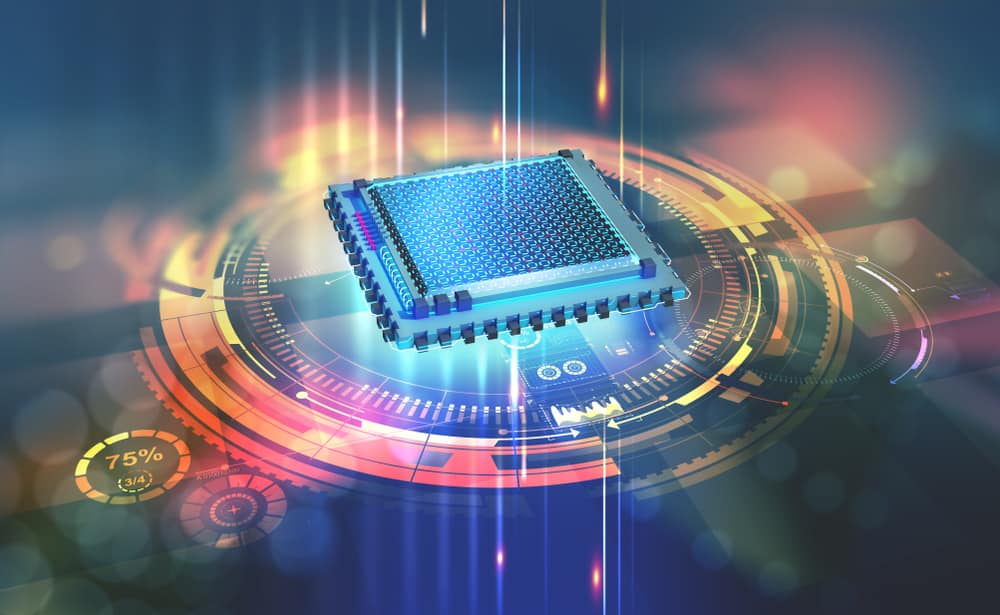Intel has had chips with a combination of powerful cores and efficient cores for quite some time, but AMD did not seem to want to get into it. The new Phoenix APUs may well change this.
We have long known the so-called hybrid processor architecture thanks to ARM from the smartphone world. First it was called big.LITTLE, then DynamIQ. In a nutshell, this architecture was and is able to deliver good performance when needed, but above all be very efficient when it can.
For those of you who are keen to know, the first time we saw such an architecture in smartphones was 2011, at the time of Cortex-A7 and Cortex-A15 cores. These were compatible with each other at the architecture level and could therefore work together. The wildly popular Samsung Galaxy S4, with an Exynos 5 Octa-SoC from Samsung itself was one of the first well-known, high-end smartphones to work with this architecture. This chip had four Cortex-A7 cores (at 1.2 GHz) and four Cortex-A15 cores (at 1.6 GHz).
Intel Alder Lake
For a long time, this architecture was reserved for mobile chipsets. Intel and AMD did not follow suit. The reasons for this will no doubt be technical as well as relating to business decisions. That might be good to explain in another article. The fact is that it took until 2021, with the introduction of Alder Lake, before Intel also started working with so-called performance and efficiency cores. Very resourcefully, Intel calls these P-cores and E-cores, respectively. E-cores are physically smaller and do not support HyperThreading, Intel’s well-known feature that allows virtual cores to be enabled in addition to physical cores. This makes it possible to handle workloads that are suitable for it, so can use multiple threads, faster than is possible without virtual cores.
AMD Phoenix APUs
We heard from several sources in our network recently that Intel’s hybrid processor architecture works quite well. In particular, this relates to the impact that the efficiency scores have. After all, these should ensure significantly lower power consumption. Especially on laptops, this is obviously crucial. Previously, you were often condemned to agonizingly slow processor variants if you wanted very low power consumption, because that was simply the trade-off. With the pairing of powerful and efficient cores, that compromise is no longer necessary.
According to an article on Tweakers (in Dutch), after Intel, AMD has now changed tack and is coming out with Phoenix APUs (AMD’s name for their integrated processors) that also feature a hybrid architecture. It relies on the observations of a Twitter user, who in turn refers to a document that makes this clear. That document is about a new AMD series, named AMD Family 19h Model 70h. It explicitly mentions different types of cores.
The new APUs are quite a surprise, if the assumption is correct, and we are actually dealing with processors with a hybrid architecture. During the introduction of the Zen 4 architecture on which the Phoenix laptop APUs are based, there was no mention by AMD of special efficiency cores at all. That in itself is strange, because it is a rather fundamental new direction for AMD. Perhaps at the time of its introduction, it was not yet certain whether it was actually going to succeed in getting these new cores into the new Phoenix APUs.
New battle between Intel and AMD imminent?
If these initial reports are true and Phoenix-APUs with a hybrid architecture are actually on their way, then AMD will once again compete with Intel in this area. Intel has had some challenges in recent years. There were roadmap issues and challenges around EUV and smaller manufacturing processes, for example. AMD, on the other hand, has had some good years. In particular, its enterprise EPYC portfolio has done well in the market.
Intel however, seems to have recovered from its relative slump somewhat. Since Pat Gelsinger has been its CEO, it has made various changes to its strategy. The future looks a lot brighter in 2023 than it did a few years ago. The hybrid processor architecture has also played its part in this, albeit a relatively modest one probably. AMD must have concluded that it can’t really afford to gamble that those new chip designs will fail. If the news reports surrounding the Phoenix APUs are correct, it has taken action. Now AMD has to find inroads into the big laptop manufacturers properly. That has been a problem for a long time. Intel is so powerful that this is no easy task. A good story around battery life can certainly help with this.
